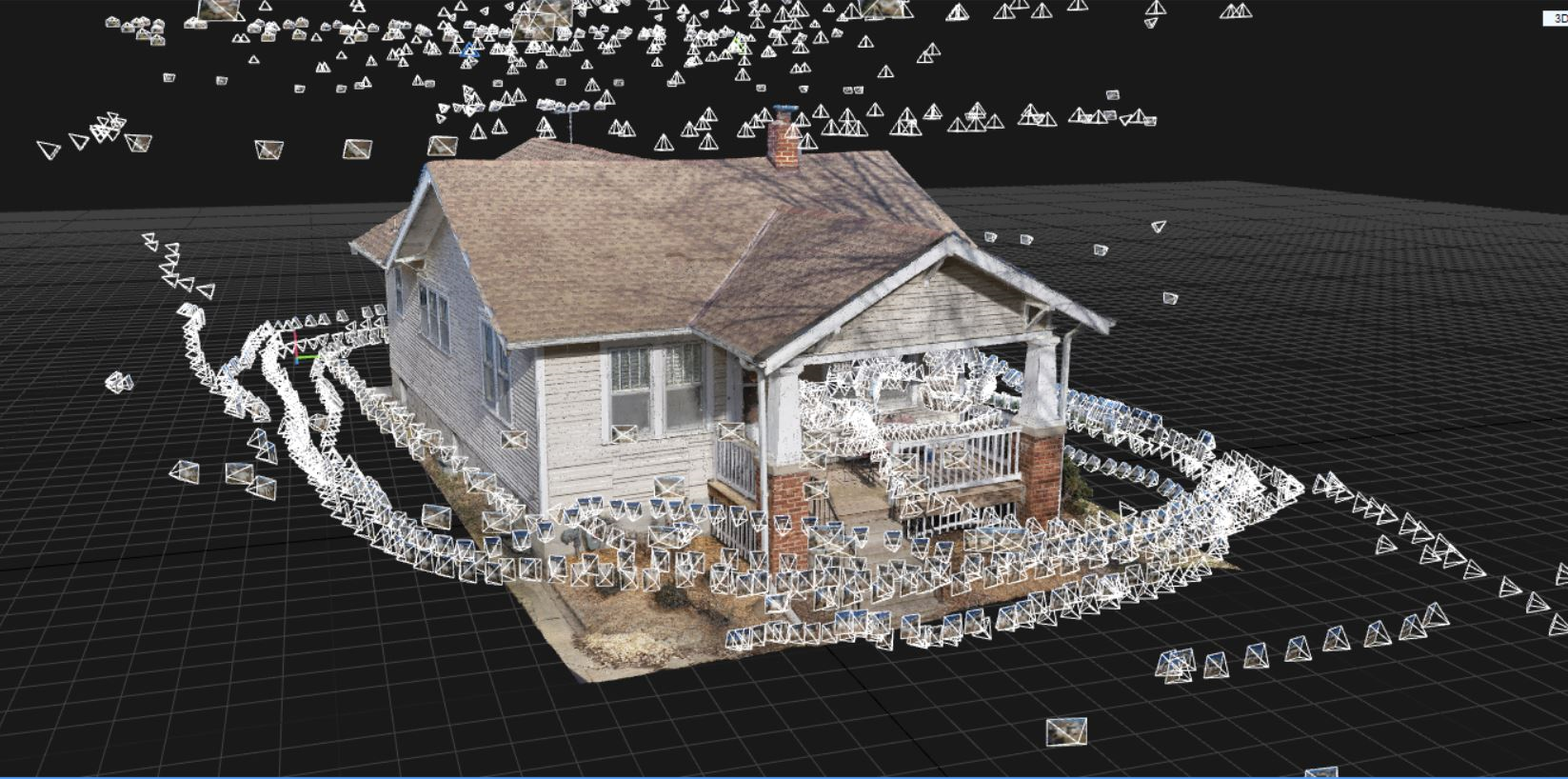We’re excited to feature a series of guides to producing immersive journalism, created by Journalism 360 ambassadors and thought leaders from the community with support from the John S. and James L. Knight Foundation. The guides are available in online and offline versions to accelerate learning and support content creators working in the immersive journalism space.
The series of three immersive guides cover these key issues:
- A Guide to Photogrammetry, authored by Ben Kreimer
- A Guide to AR/XR in Journalism, authored by Laura Hertzfeld
- A Guide to Immersive Ethics, authored by Theresa Poulson and Jayson Chesler
As more newsrooms have incorporated immersive techniques into their work, audiences have been afforded new opportunities for empathy, perspective, and better understanding of complex news stories. Technology has also become more accessible for both creators and viewers. These days there are even tools embedded into the devices that many of us use daily.
More recently as we’re all grappling with the COVID-19 pandemic, we’ve seen innovative immersive projects with real-world impact, from The New York Times’ use of AR to demonstrate social distancing in real time to visualizations from USA Today on what it looks like to flatten the curve. These experiments allow newsrooms to test new ways of reaching audiences while providing unique new experiences for people to process information.
The guides we’re releasing focus on key issues selected based on feedback from the Journalism 360 community. They provide a wide audience simple entry points into pressing topics in the immersive industry, allow experts an opportunity to share best practices, highlight compelling projects and promote discussion in the immersive journalism space by supporting open-source learning.
At its core, Journalism 360 exists to accelerate the understanding and production of immersive journalism. In the past few years, we have connected a global community of news organizations, journalists, technologists, content creators and journalism educators to opportunities to experiment with all forms of immersive storytelling — including but not limited to 360 video, augmented reality, virtual reality and mixed reality. We’ve convened the community to share their work, tools and best practices through several in-person events over the years, including the annual Immersive Storytelling Festival.
Now, we invite you to participate in the discussion online. Join the Journalism 360 Facebook Group to share your feedback and get involved in the Journalism 360 community.

